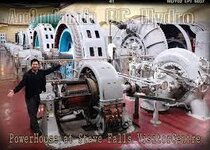NickParker
Electrical
- Sep 1, 2017
- 444
What is the actual difference between "isochronous load sharing" and "all the machines operated in Droop mode with PMS control" as both control methods seems similar; both controlling the frequency of all the generators in parallel operation.




